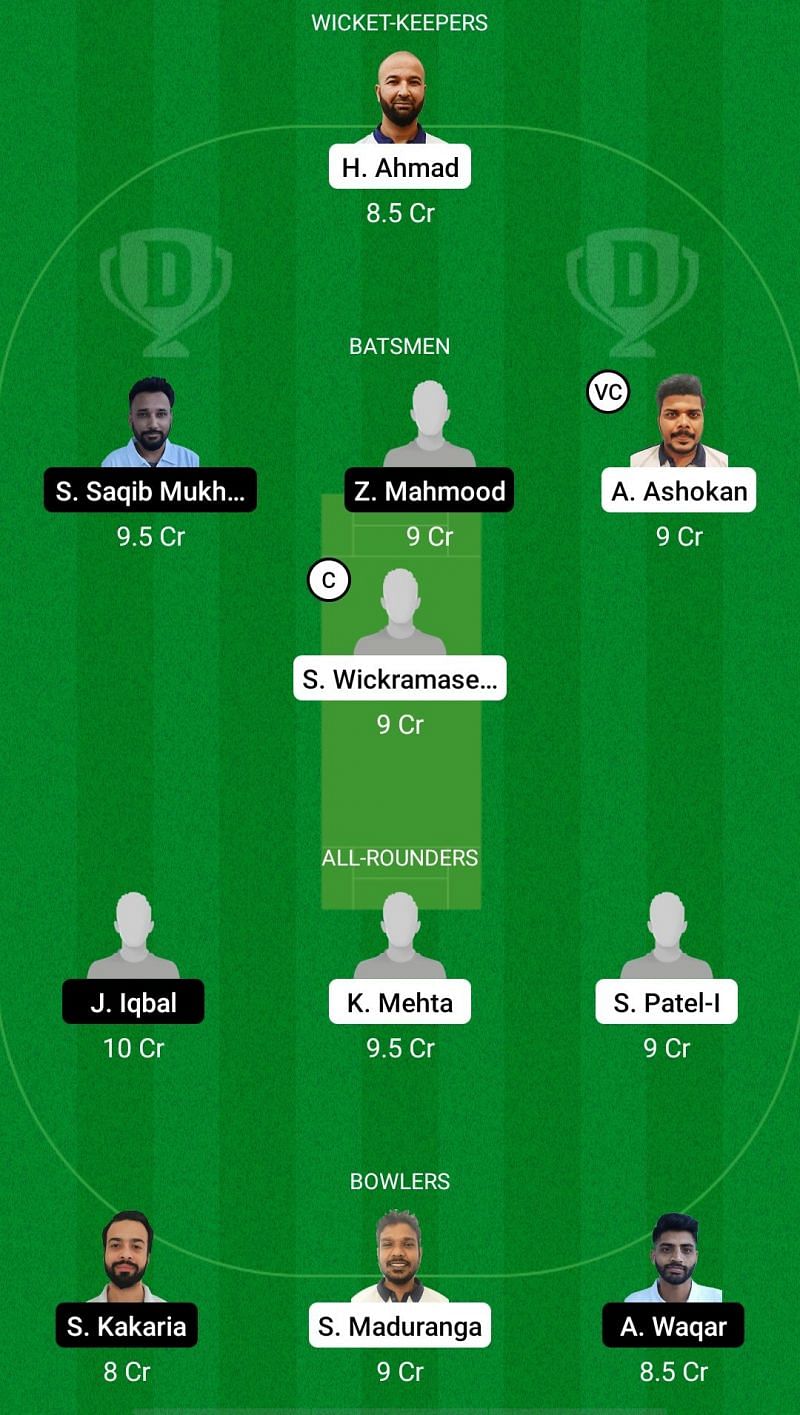
Running backs will be treated like gold in a 14-team fantasy draft, but if you can snag one of these sleepers then it could pay dividends in the long run. And if I can save a later pick for that production then I’m more than happy.

If a tier-2 or even tier-3 tight end can consistently give you around 30 yards receiving and a touchdown give or take on a weekly basis, that’s close to 10 fantasy points on Sundays. Remember, you only need one tight end in this scenario to fill out your starting roster, and come bye week you can always pick up a temporary replacement on the waiver wire. Otherwise, I’m comfortable saving my tight end pick for the middle to later rounds, likely around the ninth or tenth round. If you see Travis Kelce or perhaps Mark Andrews within reach and you are dead set on having a stud at tight end, then you may be looking at a third or fourth-round selection (depending if other fantasy owners adopt the running back / wide receiver heavy strategy). I prefer opting for value when drafting a tight end, and there are really only one or two surefire stud options. By midway through the draft, you’ll have your QB1 while rounding out the starting roster of RBs and WRs, which puts you in a good spot heading into the latter half of the draft. After you solidify those positions, that should put you close to the middle rounds where you choose to fill your starting quarterback spot. Following a running back-heavy first few rounds, you’ll likely follow up by adding receivers with your subsequent picks. Much like the running back position, good wide receiver depth will be hard to come by in a 14-team fantasy league. For this reason, you are better off targeting a quarterback around round seven, give or take. Granted, Jackson missed a number of games, but it goes to show how little of a margin there is between a tier-1 fantasy quarterback and tier-2.


Do you really think having a Lamar Jackson or Jalen Hurts elevates your fantasy team over the likes of Tom Brady or Dak Prescott? Brady outscored both Jackson and Hurts in fantasy a season ago. The trick to determining when to draft a quarterback hinges on how you value the tiers of players available. It may be hard to imagine, but if the likes of Davante Adams or Stefon Diggs somehow slip to the second round, I say go with the best player and add him to your roster. So if you observe running backs going off the board in droves and it results in another stud fantasy player dropping way below their ADP, you could be better off getting the best player available as opposed to RB depth. The catch here is that you won’t be the only fantasy manager opting for an RB-RB-RB strategy, your fellow competitors will probably do the same. So through the first two rounds, maybe even the first three, target running backs as a priority in order to fill out those starting spots and potentially even your flex position. Regardless of where exactly you pick you’re going to want to establish your two starters from the get-go. The top-tier options will go early and often given the lack of depth at the position, so a sound strategy is to go with a running back with your first pick. With 14 teams in the draft room, they will all be vying for a stud at the most important position in fantasy football: running back. Settingsįor this draft strategy, we assume the starting roster lineup consists of 1 QB, 2 RB, 2 WR, 1 TE, 1 FLEX, 1 D/ST, and 1 kicker.

We’ve got tips and strategies for you to ace your 14-team fantasy draft and head into the season as a surefire contender. Expect running backs and wide receivers to go early and often, and no matter where you’re picking in the first round you’ll have to plan out your subsequent picks accordingly. If you’re staring at the draft board in a 14-team fantasy draft chances are you’ll need a sound strategy to align on. A 14-team fantasy football league is not for the faint of heart, given the added competition and the lack of positional depth as a result.


 0 kommentar(er)
0 kommentar(er)
